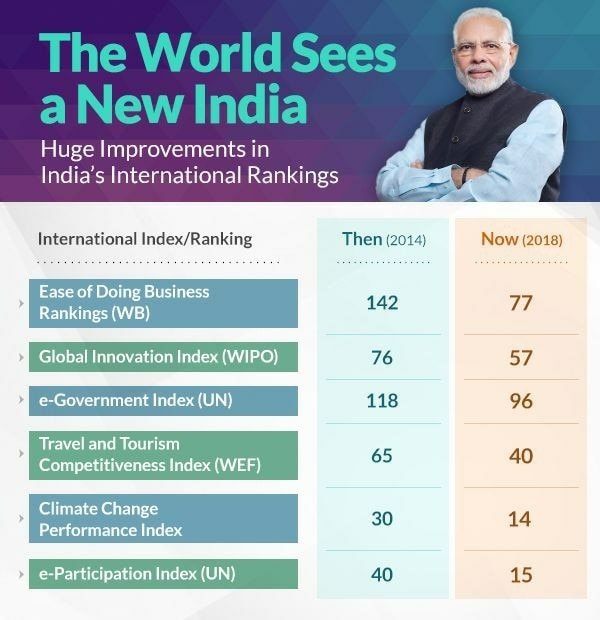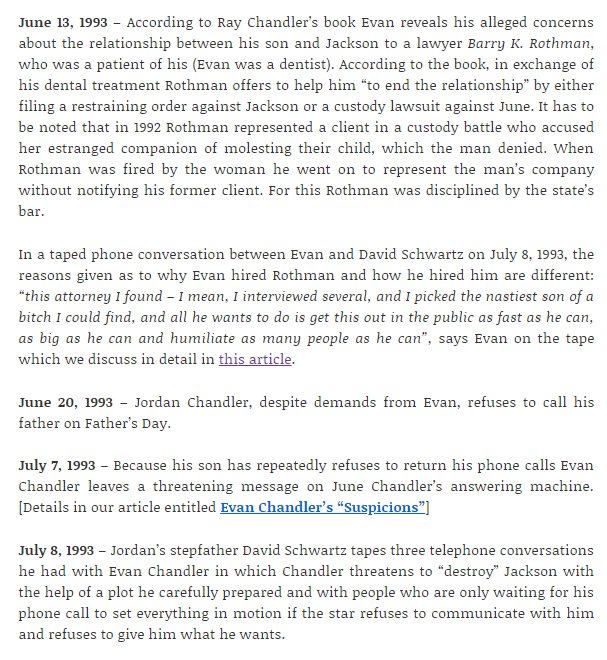I don’t see much written on vulnerability management in more holistic terms vs. patch/bug fixing. This might be ok given a lot of vuln. mgmt. should be contextualized into enterprise risk/control. But still worth a short thread.......
1/13
1. Coverage completeness, criticality ranking and dependency mapping.
2/13
3/13
4/13
5/13
This is what most refer to as vuln. mgmt. - the discovery (by various techniques) of flaws in software/other objects that can be exploited. These are remediated by fixes/patches, layered mitigation or compensating controls.
6/13
A system that is free of component flaws (hypothetically, no ‘zero day’ vulnerabilities and is all patched and up-to-date) can, of course, still be riddled with exploitable vulnerabilities due to its configuration.
7/13
8/13
Defining and enforcing design patterns across an environment such that individual flaws or issues from layers 1, 2 or 3 have less potential effect or overall ‘blast radius’.
9/13
10/13
Developing rules for what potentially toxic arrangements of components should never exist. Scanning for these is as much a job for continuous vulnerability scanning as making sure unit components are patched and configured correctly.
11/13
Developing default architectural/design patterns for the deployment of common services and then monitoring for adherence to those as well as enforcing them as “policy as code” in various parts of the development and deployment lifecycle.
12/13
13/13








